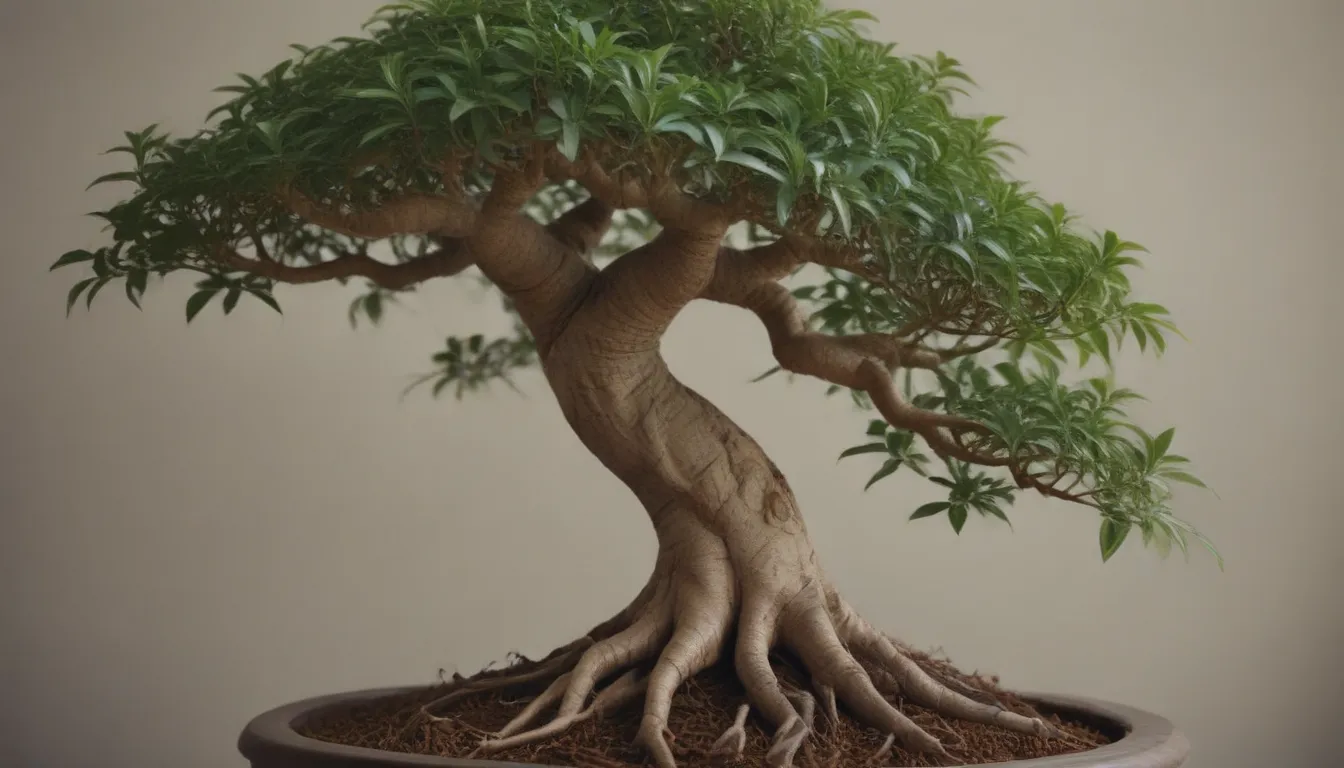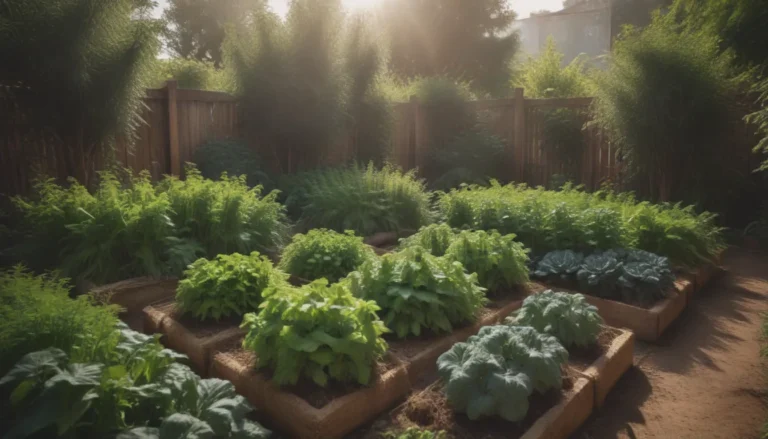Comprehensive Guide to Growing and Caring for Ginseng Ficus Bonsai

If you’re keen to dive into the captivating world of bonsai trees, starting with a Ginseng Ficus is a fantastic choice. This particular bonsai variety boasts a stunning aesthetic and demands minimal maintenance compared to other bonsai species. Many beginners are intimidated by the intricate process of starting, nurturing, and training bonsai trees. However, the Ginseng Ficus presents an excellent opportunity to overcome these challenges and immerse yourself in the art of bonsai cultivation.
Introduction to Ginseng Ficus Bonsai
The Ginseng Ficus belongs to the Moraceae or Mulberry family and originates from the tropical regions of Southeast Asia. This bonsai variety is known for its unique appearance, characterized by narrow elevated roots that gradually swell into a potbelly trunk and taper off into branches that spread out into a crown. Bonsai artists often highlight the raised roots of Ginseng Ficus trees to create visually appealing designs.
Key Characteristics of Ginseng Ficus Bonsai:
- Distinct potbelly trunk shape
- Elevated roots that add aesthetic appeal
- Native to Southeast Asia
- Adaptable to bonsai training techniques like the deshojo style
In its natural habitat, Ginseng Ficus trees develop aerial roots in high humidity environments. To replicate this condition at home, you may need to create an artificial enclosure to maintain adequate humidity levels. These roots grow vertically downward from the branches until they reach the soil, where they transform into thick, sturdy trunks. This growth pattern can be utilized to achieve pillar-style or root-over-rock bonsai arrangements.
Ginseng Ficus Bonsai Care Tips
Caring for a Ginseng Ficus bonsai is relatively straightforward if you adhere to some basic guidelines. Don’t let the fear of complexity deter you from exploring this enriching art form. Here are essential care tips to help your Ginseng Ficus thrive:
Light:
- Provide ample sunlight for your bonsai tree.
- Place it on a windowsill indoors or under plant lights.
- During the summer, move the bonsai outdoors to a sunny spot.
Soil:
- Use a well-draining soil mix with 60% aggregate and 40% organic matter.
- Consider components like pine bark, lava rock, and akadama for the soil mix.
Water:
- Water your Ginseng Ficus thoroughly when the soil starts to dry out slightly.
- Avoid overwatering to prevent fungal issues.
- Mist the plant daily and wipe the leaves with a damp paper towel to remove dust.
Temperature and Humidity:
- Keep the bonsai indoors as it is not frost-hardy.
- Maintain temperatures above 60°F when transitioning outdoors.
- Ensure adequate humidity to promote healthy growth.
Fertilizer:
- Use a multi-purpose liquid fertilizer diluted by 50% with water.
- Apply the fertilizer monthly to replenish nutrients.
Pruning Techniques for Ginseng Ficus Bonsai
Pruning is an essential aspect of maintaining a bonsai tree’s shape and size. Proper pruning not only enhances the aesthetic appeal of the tree but also contributes to its overall health. Here are key points to remember when pruning your Ginseng Ficus bonsai:
- Prune back to two leaves after six to eight leaves have grown.
- For thicker trunks, delay pruning to promote new shoot growth.
- Use sharp and clean tools to prevent infections.
Propagating Ginseng Ficus Bonsai
Ginseng Ficus, also known as Ficus retusa, can be easily propagated, especially after pruning. Follow these steps to propagate your Ginseng Ficus bonsai successfully:
- After pruning, select healthy branches for propagation.
- Make clean cuts and plant the branches in well-draining soil.
- Ensure adequate watering and light for the newly propagated bonsai.
Potting and Repotting Ginseng Ficus Bonsai
Repotting your Ginseng Ficus bonsai is crucial to maintain its health and vigor. Follow these guidelines for potting and repotting your bonsai tree:
- Repot every other year during the summer.
- Trim the roots and replenish the soil mix to encourage healthy growth.
- Avoid over-pruning or damaging the root system during repotting.
Training Techniques for Ginseng Ficus Bonsai
Training your Ginseng Ficus bonsai is a creative endeavor that requires patience and skill. Utilize wire and other materials to shape your bonsai tree according to your desired design. Here are some training tips for your Ginseng Ficus bonsai:
- Use anodized aluminum or annealed copper wire for shaping thin branches.
- Employ guy wires for larger branches that require more support.
- Experiment with fusing branches and roots for unique artistic expressions.
Common Pests and Plant Diseases
Proper care and maintenance of your Ginseng Ficus bonsai can help prevent common pests and diseases. Look out for spider mites, scale, mealybugs, and aphids, and treat them promptly with suitable remedies. Overwatering can lead to fungal diseases and root rot, so monitor watering practices carefully. Trim any infected leaves and apply fungicide if necessary.
Conclusion
In conclusion, cultivating and caring for a Ginseng Ficus bonsai can be a fulfilling and rewarding experience. By following these comprehensive guidelines and tips, you can nurture a beautiful bonsai tree that will thrive for years to come. Remember that bonsai cultivation is an art form with endless possibilities for creativity and expression. Enjoy the journey of discovering the unique beauty of Ginseng Ficus bonsai trees!





